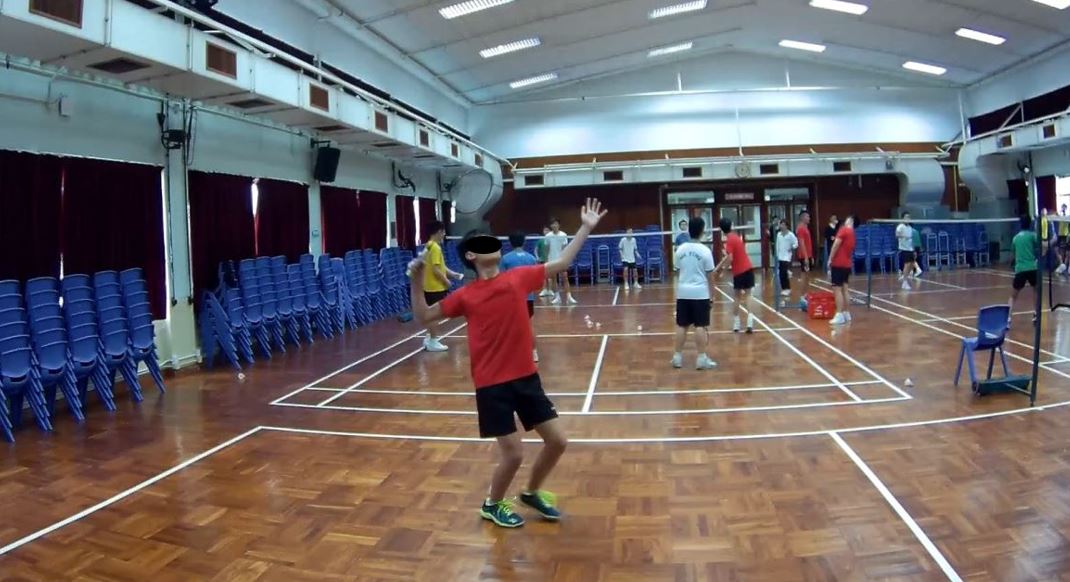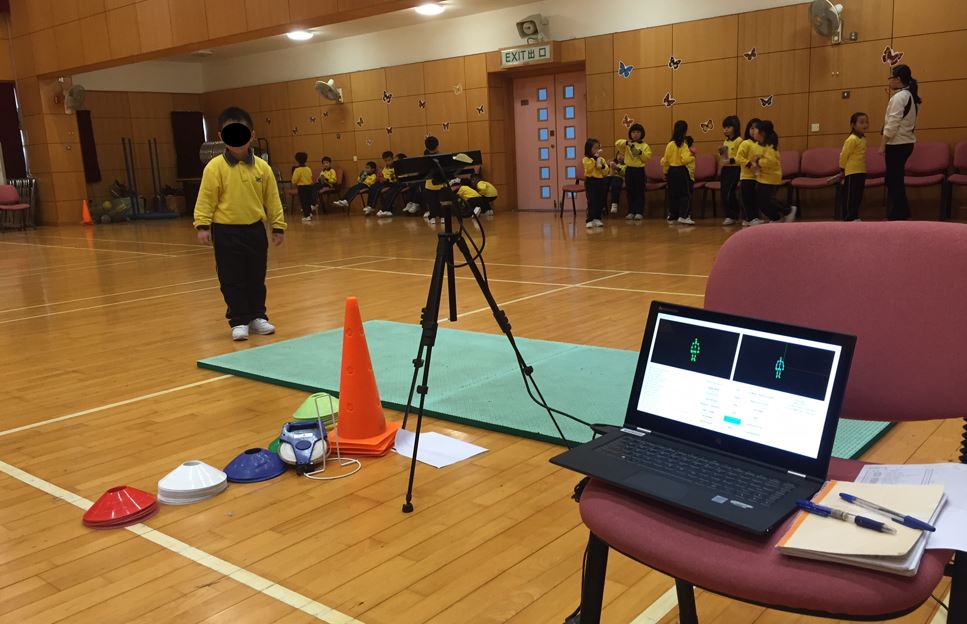
Prof CHOW Hung Kay Daniel
Prof CHOW Hung Kay Daniel
Investigation of the Effects of Sports Imagery Training and Ability on Badminton Service Return in a PE Setting
Abstract:
The effects of sports imagery training and imagery ability on badminton service return performance (hitting speed, hitting accuracy, and swing posture) were investigated in a school-based physical education (PE) setting. Two groups of 30 and 29 Grade-11 schoolboys, respectively, were trained using conventional and imagery teaching methods in four 70-min weekly PE lessons. The students’ imagery ability was classified (as low or high) using a questionnaire. A three-way mixed analysis of variance was employed to determine the effects of teaching method, imagery ability, and performance test (before and after the PE lessons) on the performance. This study demonstrated significant effects of imagery ability on hitting speed; performance test and the teaching method–performance test interaction on hitting accuracy; and imagery ability and performance test on swing posture. Badminton imagery training was shown to positively exert different effects on students with differing imagery ability in a school-based PE setting.

The effects of sports imagery training and imagery ability on badminton service return performance (hitting speed, hitting accuracy, and swing posture) were investigated in a school-based physical education (PE) setting. Two groups of 30 and 29 Grade-11 schoolboys, respectively, were trained using conventional and imagery teaching methods in four 70-min weekly PE lessons. The students’ imagery ability was classified (as low or high) using a questionnaire. A three-way mixed analysis of variance was employed to determine the effects of teaching method, imagery ability, and performance test (before and after the PE lessons) on the performance. This study demonstrated significant effects of imagery ability on hitting speed; performance test and the teaching method–performance test interaction on hitting accuracy; and imagery ability and performance test on swing posture. Badminton imagery training was shown to positively exert different effects on students with differing imagery ability in a school-based PE setting.

Development of a Video-Based Classification System for Assessing Locomotor Skills in Children
Abstract:
The Test of Gross Motor Development 2 (TGMD-2) is currently the standard approach for assessing fundamental movement skills (FMS), including locomotor and object control skills. However, its extensive application is restricted by its low efficiency and requirement of expert training for large-scale evaluations. This study evaluated the accuracy of a newly-developed video-based classification system (VCS) with a markerless sensor to assess children’s locomotor skills. A total of 203 typically developing children aged three to eight years executed six locomotor skills, following the TGMD-2 guidelines. A Kinect v2 sensor was used to capture their activities, and videos were recorded for further evaluation by a trained rater. A series of computational kinematic-based algorithms were developed for instant performance rating. The VCS exhibited moderate to very good levels of agreement with the rater, ranging from 66.1% to 87.5%, for each skill, and 72.4% for descriptive ratings. Paired t-test revealed that there were no significant differences, but a significant positive correlation, between the standard scores determined by the two approaches. Tukey's mean difference plot suggested there was no bias, with a mean difference (SD) of -0.16 (1.8) and a respective 95% confidence interval of 3.5. The kappa agreement for the descriptive ratings between the two approaches was found to be moderate (k = 0.54, p < 0.01). Overall, the results suggest the VCS could potentially be an alternative to the conventional TGMD-2 assessment approach for assessing children’s locomotor skills without the necessity of the presence of an experienced rater for the administration.

The Test of Gross Motor Development 2 (TGMD-2) is currently the standard approach for assessing fundamental movement skills (FMS), including locomotor and object control skills. However, its extensive application is restricted by its low efficiency and requirement of expert training for large-scale evaluations. This study evaluated the accuracy of a newly-developed video-based classification system (VCS) with a markerless sensor to assess children’s locomotor skills. A total of 203 typically developing children aged three to eight years executed six locomotor skills, following the TGMD-2 guidelines. A Kinect v2 sensor was used to capture their activities, and videos were recorded for further evaluation by a trained rater. A series of computational kinematic-based algorithms were developed for instant performance rating. The VCS exhibited moderate to very good levels of agreement with the rater, ranging from 66.1% to 87.5%, for each skill, and 72.4% for descriptive ratings. Paired t-test revealed that there were no significant differences, but a significant positive correlation, between the standard scores determined by the two approaches. Tukey's mean difference plot suggested there was no bias, with a mean difference (SD) of -0.16 (1.8) and a respective 95% confidence interval of 3.5. The kappa agreement for the descriptive ratings between the two approaches was found to be moderate (k = 0.54, p < 0.01). Overall, the results suggest the VCS could potentially be an alternative to the conventional TGMD-2 assessment approach for assessing children’s locomotor skills without the necessity of the presence of an experienced rater for the administration.

_2.jpg)













 (1).jpg)

.JPG)
.jpg)




.jpg)



